Missing person cases are uncommon. However, there are some who disappear who are given concern and attention more than others — even if over 100 years had already gone by. Falling into that category: New York socialite and heiress Dorothy Arnold.
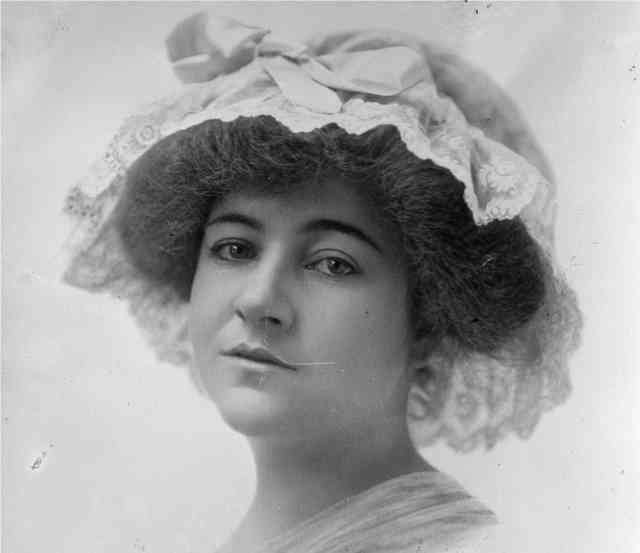
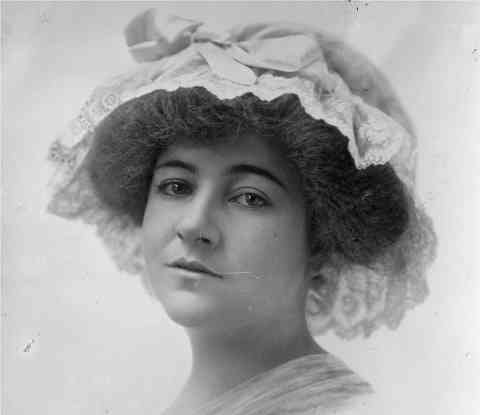
In 1910, shocking news rocked the entire nation of United States. While out shopping in the neighborhood of Manhattan, Miss Arnold simply vanished without a trace. Now, more than a century later, has the mystery been solved?
The perfume heiress
Born on July 1, 1885, Dorothy Harriet Camille Arnold was the eldest daughter of Francis Rose Arnold and Mary Parks Arnold. She was twenty-five years old, stood 5'4 tall, and weighed about 140 pounds—basically every bit definition of a stylish young lady at the time.
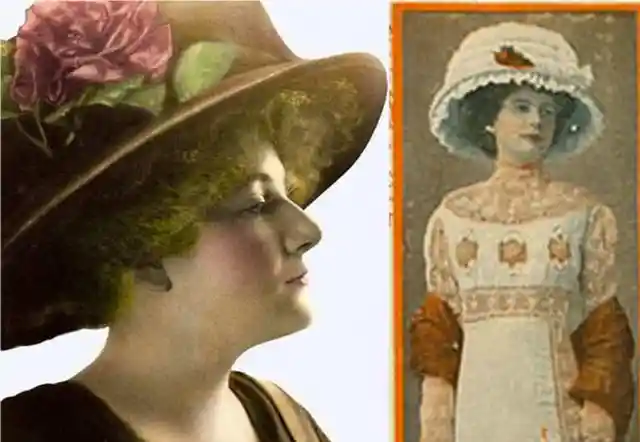
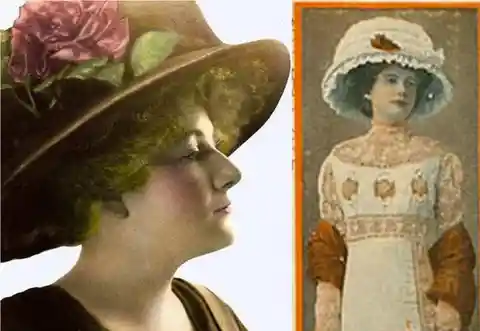
Dorothy came from a wealthy and privileged family. Her father was a Harvard graduate who became a head of a perfume company, while her mother was equally well-connected. The beautiful socialite was also the niece of a Supreme Court justice and a descendant of a Mayflower passenger. As if that was not enough to be held in high regard, the family was also listed in the New York City Social Register.
Dorothy’s dream
In 1905, Dorothy graduated from Bryn Mawr College majoring in literature and language. She was aspiring to become a published magazine writer at the time of her vanishing. After Dorothy obtained her degree, she moved back to her parents’ home on the Upper East Side in New York.
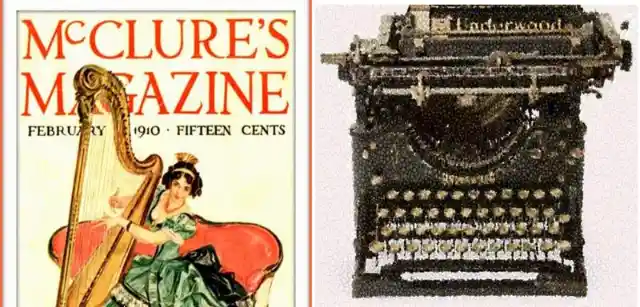
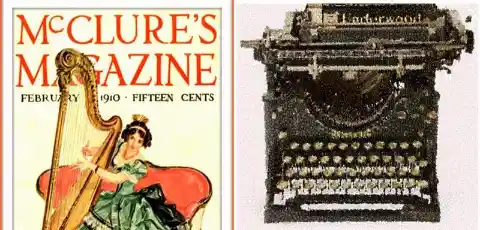
Well, the Arnolds were actually not that enthusiastic about their daughter’s ambition to become an author. Dorothy once asked her father’s permission to get an apartment in Greenwich Village so she could concentrate on her writing. Francis dismissed the idea and told Dorothy, “A good writer can write anywhere.” Being the well-behaved society girl that she was, Dorothy did not push the matter further.
Unsupportive family and friends
To make matters worse, Dorothy’s relatives and friends also lacked faith in her writing skills. They even made fun of her after McClure’s Magazine rejected a short story she submitted to them in the spring of 1910—talk about being supportive! Dorothy had to keep a secret PO box for sending and receiving mail about her work.
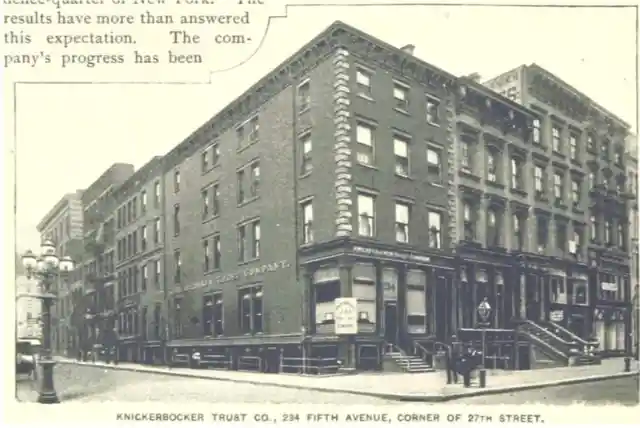
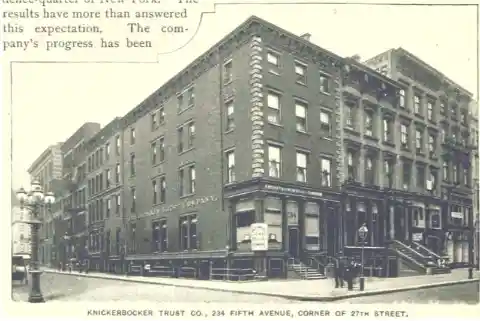
In the fall of the same year, the young socialite secretly submitted a second story to McClure’s Magazine. Heartbroken from yet another rejection, she ended up sharing the news with her family. They did not know it at the time, but teasing Dorothy unmercifully would be delved into later on for the vanishing of the heiress.
A fateful winter day in New York
On the day of her disappearance, Dorothy Arnold was expensively and fashionably clad. That was already given, but to be more precise, she donned a tailor-made suit, with a blue serge coat and a straight-cut skirt in matching color. She put on a black velvet hat adorned with two white roses. Dorothy also carried both a huge silver-fox mutt and a satin handbag.
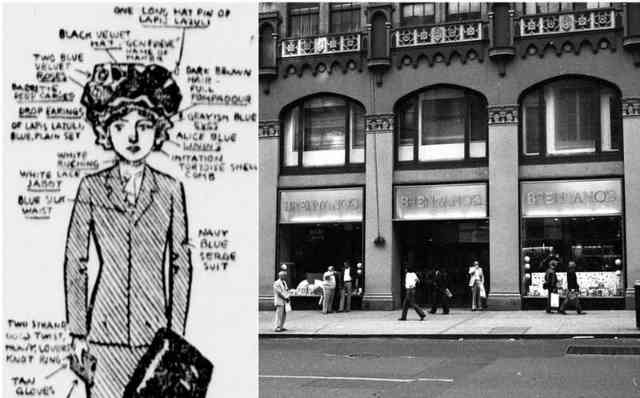
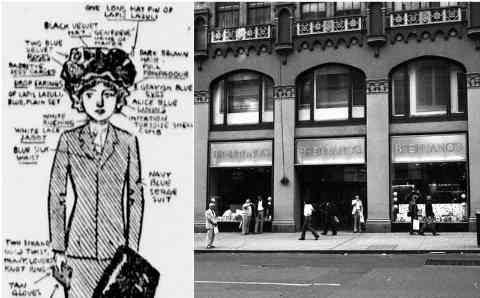
Dorothy had with her around 25 to 30 dollars of a monthly allowance of $100. That was a great deal of cash at the time. She intended to buy a new gown for her younger sister Marjorie’s upcoming debutante party. Of course, there was always an occasion these rich people had to attend to!
A mother’s intuition
Dorothy told her mother her plans to pick an evening dress. “Maybe I’d better go with you,” Mrs. Arnold said to her. Dorothy was surprised since she knew that her mother was unwell and did not like going out much.
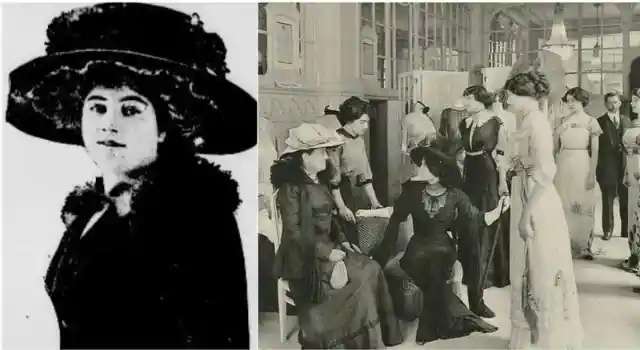
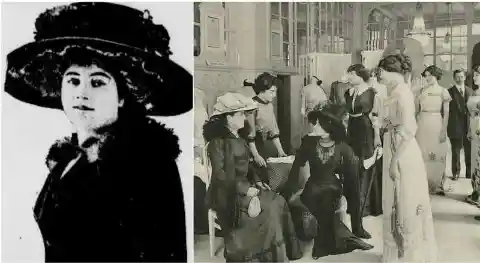
“No, Mother, don’t bother. You don’t feel just right and it’s no use going to the trouble. I might not see a thing I want, but if I do, I’ll phone you,” Dorothy bid goodbye and walked away.
Dorothy disappears
Dorothy passed by Park & Tilford’s store first to buy chocolates. She then walked to Brentano’s bookstore, and purchased a book called Engaged Girl Sketches by Emily Calvin Blake.
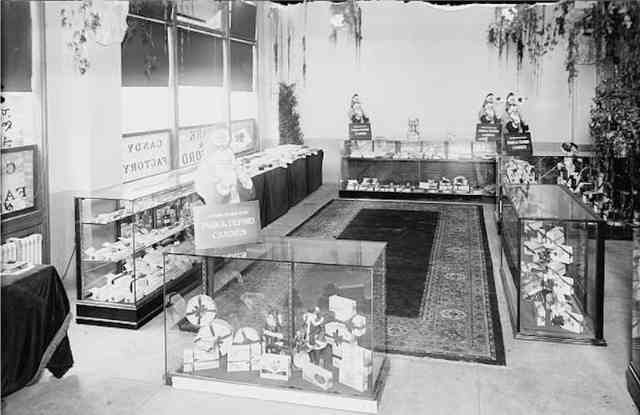
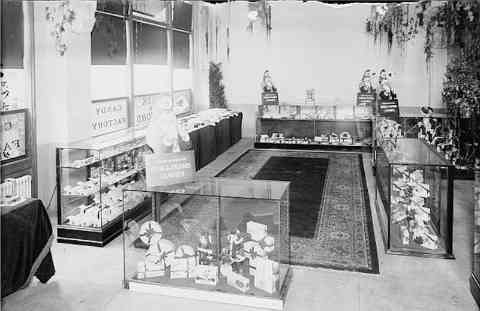
It was 2 o’clock in the afternoon when she left the bookshop and ran into her friend Gladys King. According to King, Dorothy appeared carefree and in good spirits. Dorothy mentioned she was going to Central Park, and then the women parted ways. The socialite was never seen again.
A family secret
Later that evening, Francis and Mary Arnolds became concerned when their typically punctual daughter failed to show up. They made discreet phone calls to Dorothy’s friends to ask her whereabouts, but to no avail.


One of the girls called back shortly after midnight to ask if Dorothy had returned. “Yes, she’s here,” Mrs. Arnold replied even though Dorothy was not. When the friend asked to speak to Dorothy, there was a momentary silence. “Oh, she had a headache and went right to bed,” Alas, Mrs. Arnold once again lied.
The next morning
The day after she said she was just going shopping, Dorothy still had not come home nor called her family. The Arnolds wanted things to appear normal, so they decided to keep Dorothy’s disappearance hidden from the public.
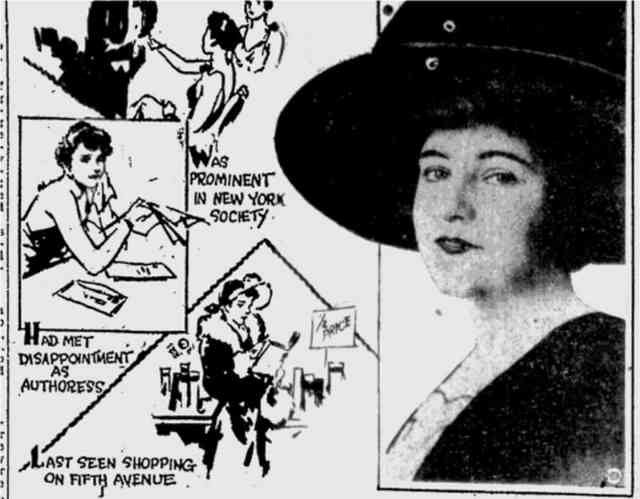
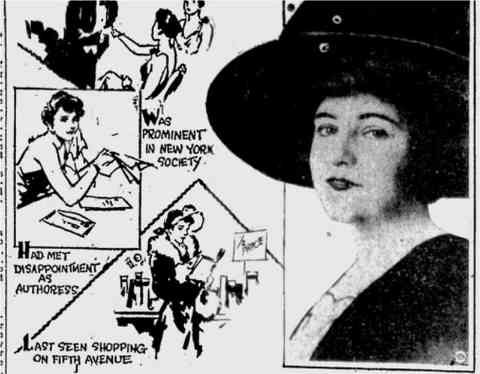
Instead of telling the police of their missing daughter, the Arnolds telephoned their family friend and lawyer John Keith to drop by the house on his way downtown that morning. “Can’t it wait?” he asked. “No, this is serious,” Dorothy’s brother John Arnold answered.
Inside Dorothy’s bedroom
John Keith went to their home and searched Dorothy’s bedroom. He did not find anything unusual except for some burned papers in the fireplace. Some were rejected manuscripts and some were thought to be pamphlets for cruise ships heading to Europe. Did Dorothy run away?
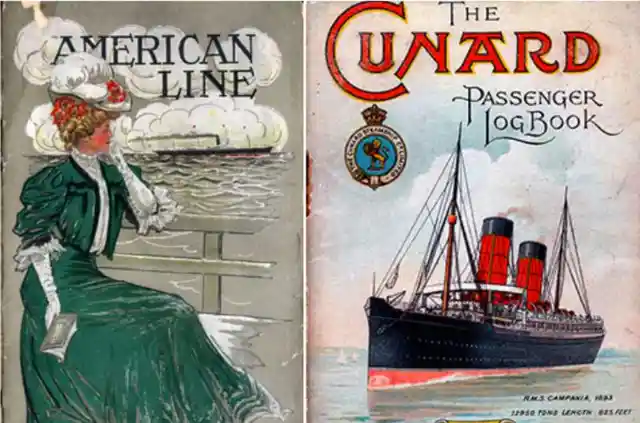
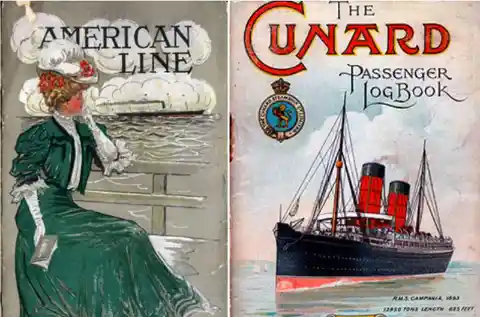
Keith said there was nothing in Dorothy’s bedroom to indicate that the heiress never planned to return. But he also discovered that some of the burned papers were letters with foreign post from a man named George Griscom Jr.
Letters from Dorothy’s boyfriend
Apparently, Dorothy and Griscom were star-crossed lovers. The couple met while she was in college. Even though Griscom was also part of an affluent family, Dorothy’s parents completely disapproved of their relationship. The Arnolds had a major issue with the almost twenty-year age gap and the man’s social etiquette.
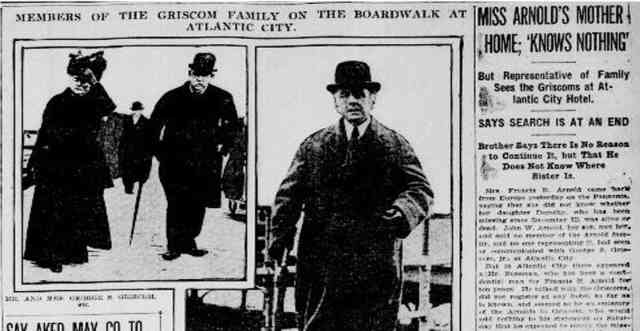
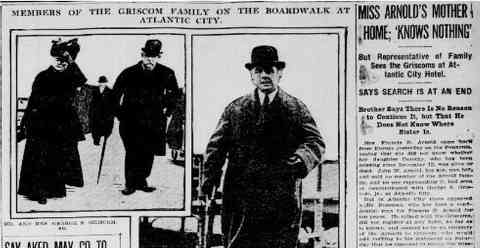
A year before her disappearance, Dorothy lied to her parents saying she was going to visit a friend from college. Dorothy actually went to Boston to be with Griscom. The Arnolds learned of her shenanigans, so they prohibited her from seeing him again. But the heart wants what it wants, as she saw him one last time before she went missing. It coincided with Griscom’s own departure to Europe with his family.
Where is Dorothy?
So yes, obviously, Dorothy’s parents suspected Griscom had something to do with her disappearance. Unfortunately for them, he was in Italy when Dorothy vanished. The family even sent a telegraph to her lover: “Dorothy Arnold missing. Family prostrated. Cable GARVARMCOM if you know anything of her whereabouts.” To which Griscom immediately replied, “Know absolutely nothing. Junior.”


The Arnolds were understandably not satisfied with Griscom’s response, hence they tracked him down in Europe in January the following year. They met Griscom in his hotel room in Florence. He professed his love and concern for Dorothy, but insisted he did not know where she was.
A private investigation
John Keith looked for Dorothy in morgues, hospitals, and ports. He scoured the streets of New York, Boston, and Philadelphia, but he never succeeded. Keith then decided to bring in the big guns and sought help from the famous Pinkerton Detective Agency.
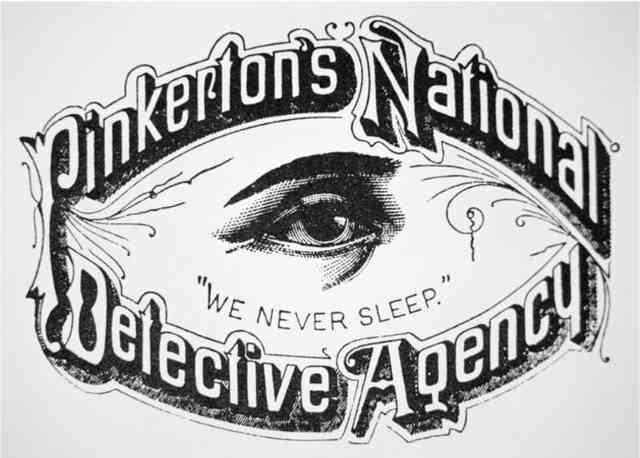
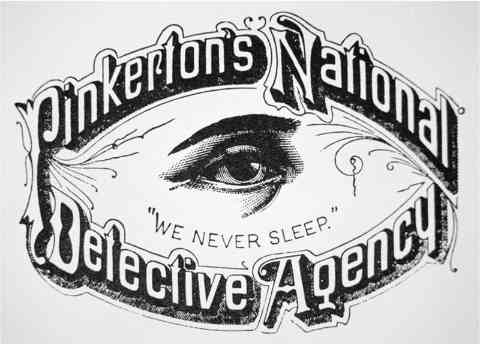
The Pinkertons mailed a descriptive circular on Dorothy to police departments all over the country and looked into recent marriage records overseas. These private detectives also checked the passenger logs of recent steam liners. Still, they came back empty-handed.
Time to call the police
When the Pinkertons failed to locate Dorothy, the private investigators suggested it was time to inform the police. In January of 1911, the Arnolds finally filed a missing person’s report with the police. It did not come as a surprise that the authorities did not find new clues.
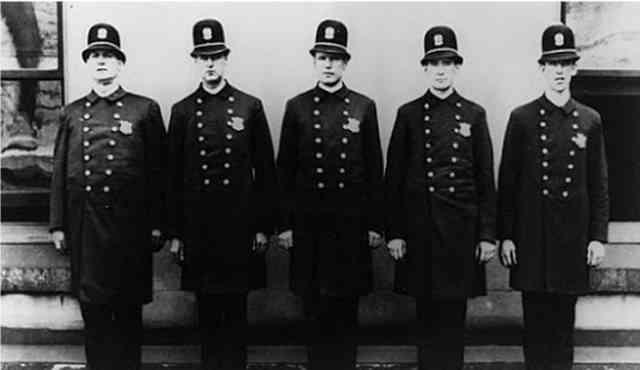
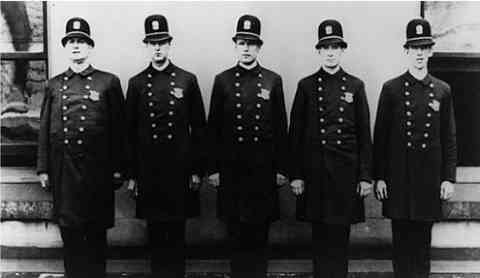
In reality, six weeks had already passed when the Arnolds shared the predicament to the police. The NYPD thus advised Dorothy’s family to hold a press conference. Ironically, the case needed what the family had been trying to avoid—a big publicity.
The search for Dorothy Arnold
On January 25, 1911, a press conference was held at Francis Arnold’s office. The family told the reporters that they would offer a $1,000 reward for any information leading to the return of Dorothy Arnold. After newspapers reported the story of Dorothy’s disappearance, many people across America had alerted the police of tips and possible sightings of the heiress—all of them were confirmed to be false.

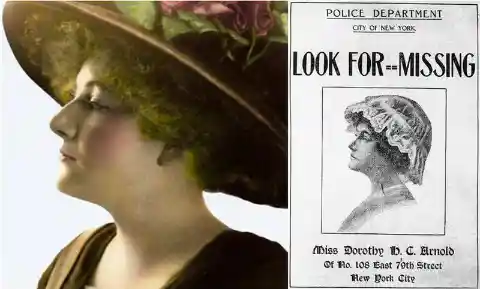
Adding fuel to the fire, the Arnold family received two ransom notes demanding money in exchange for Dorothy and got threats against her sister Marjorie. All of these were also confirmed as hoaxes. The intensified and extensive search for Dorothy Arnold was not enough. The 25-year-old socialite remained missing.
Dorothy is safe. Or is she?
In February of 2011, the Arnold household received a postcard. It said, “I am safe,” and signed with Dorothy’s signature. Francis Arnold insisted that the author merely copied her daughter’s penmanship.
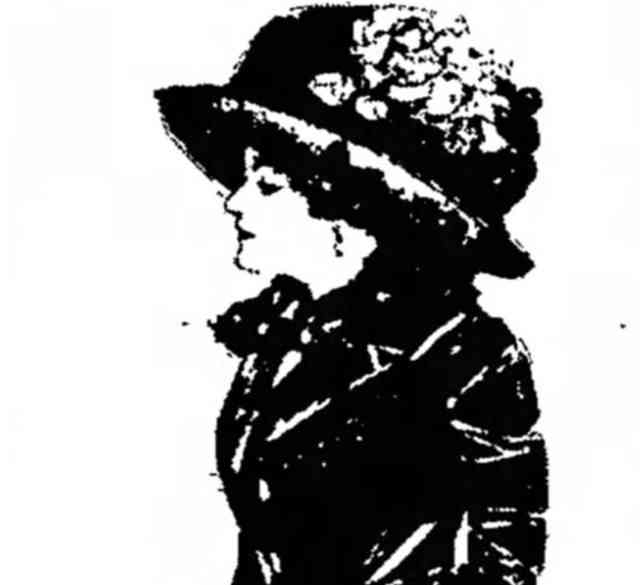
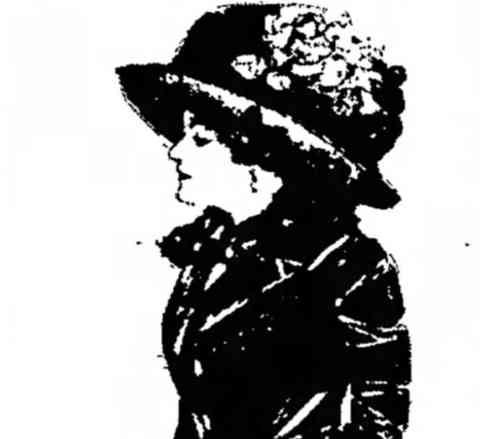
The probability of Dorothy running away is actually not impossible at the time. Is the glass half empty of half full? Although there had been no proof of her life yet, there had been no concrete evidence of her death either. The glass was half full for Mary Arnold. If Dorothy were dead, a hospital or morgue employee would recognize her daughter.
The House of Mystery
Four years after the vanishing of Dorothy Harriett Camille Arnold, there would be claims that the New York socialite had undergone an illegal abortion and died from the procedure in the “House of Mystery.” The “House” was an underground abortion clinic and when women did not survive, they were cremated.
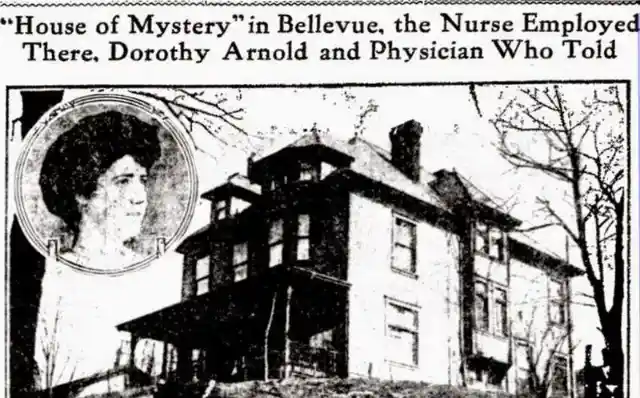
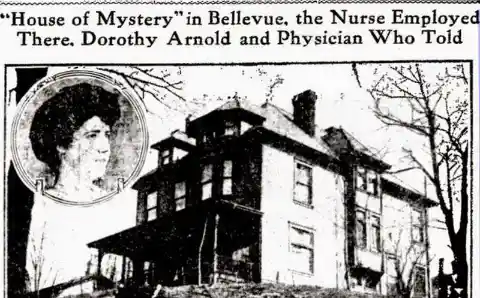
In 1914, Dr. Meredith, the doctor of a raided abortion clinic in Pennsylvania, told police that he indeed performed a procedure on Dorothy that took her life. However, according to an account by Dorothy’s friend, the socialite managed to have her period the day after their Thanksgiving celebration on November 23, 1910.
The confession of a convict
In April of 1916, a man named Edward Glennoris was serving time in Rhode Island State Prison and wanted to confess his sins. According to Glennoris, an acquaintance asked him to transport an unconscious woman—believed to be Dorothy Arnold—from New Rochelle, New York to a house in West Point. Glennoris then met with two other men, one named Doc and a fine gentleman, who many believed to be Griscom.
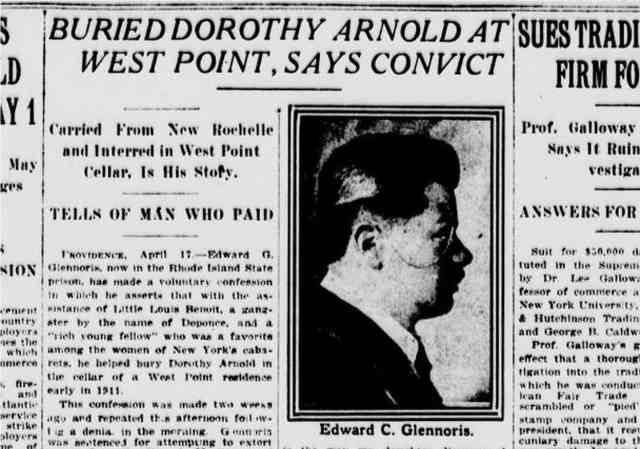
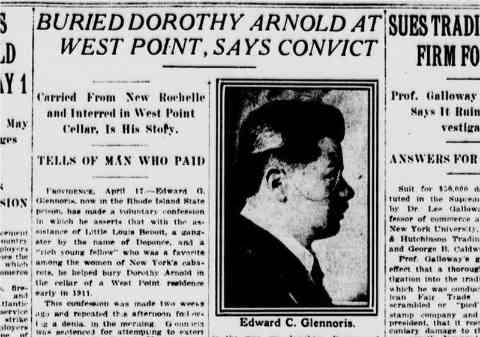
The next day, Glennoris was informed that Dorothy died. The rich man paid him $250 to bury her in the cellar of an abandoned home. The police later went to a house that fit the description but there was no sign of Dorothy. Francis Arnold called this confession, “Utter nonsense.”
Letters from Dorothy Arnold
Everyone who saw Dorothy in the weeks before she vanished maintained she was happy. Yes, a few publishers rejected her. No, Dorothy did not appear that hopeless to end her life.
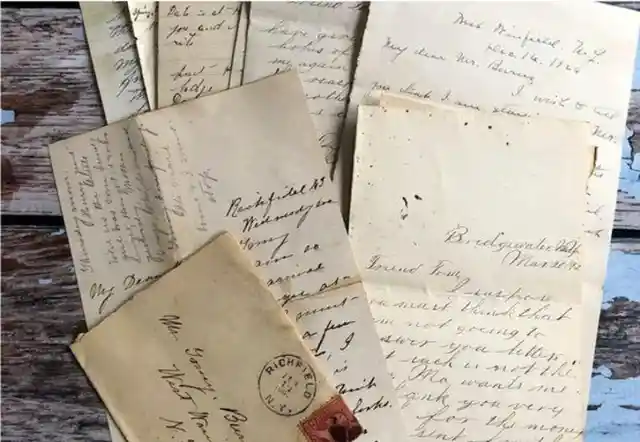
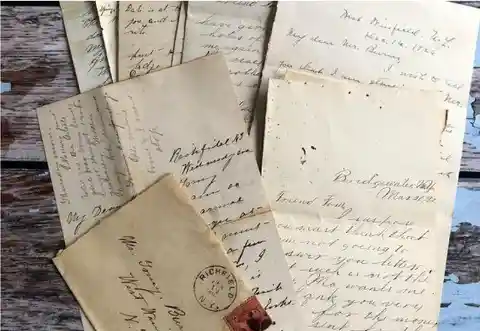
When the Arnolds flew to Florence to confront Griscom, he showed them a bunch of letters Dorothy sent before her disappearance. They were lively, except for an intriguing paragraph: “Well, it has come back. McClure’s has turned me down. All I can see ahead is a long road with no turning. Mother will always think an accident has happened.”
Dorothy is dead
The Arnold family had come to the conclusion that Dorothy was kidnapped and murdered. Francis Arnold said two clues led him to believe that Dorothy was attacked in Central Park and dumped in a reservoir. He never disclosed such clues.
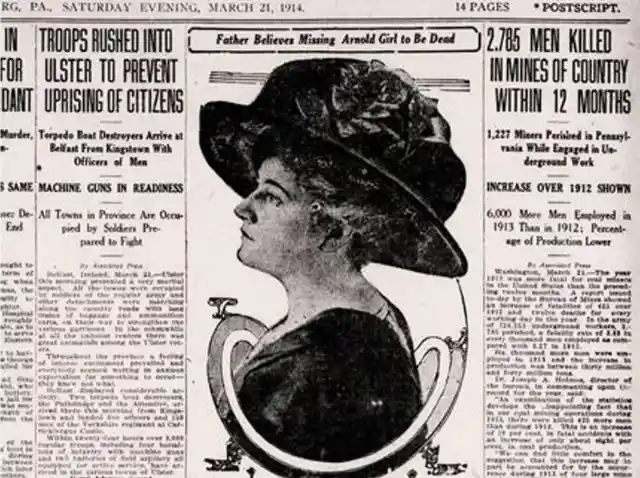
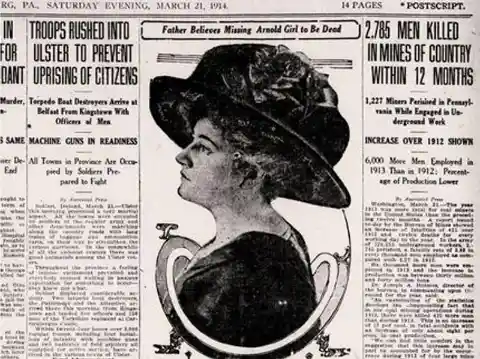
Dorothy’s father actually wanted to prove this belief by asking the police to check the reservoir and Central Park Lake. That was not going to be possible, because both bodies of water were frozen over. They had been for ice-covered for days even before Dorothy went missing.
Moving on
Despite the Arnold family spending thousands of dollars searching for Dorothy, they never found her. On February 14, 1911, Valentine’s Day, they made it clear that they believed she was dead. District Attorney Charles Whitman offered his assistance to the Arnolds to locate the missing heiress. Francis simply declined, “We are not looking for Dorothy any longer.” And that was the end of the search.


Griscom returned to the Unite States with his parents in the same month. He put out several ads in New York newspapers imploring Dorothy to communicate with him, but no word ever came. He eventually moved on with his life.
No longer missing
On April 8, 1921, Police Captain John Ayers, head of the Bureau of Missing Persons in New York City, announced to an audience of listeners that the Dorothy Arnold case had been solved by the police department. "All I can say is that it has been solved by the department. Dorothy Arnold is no longer listed as a missing person.”
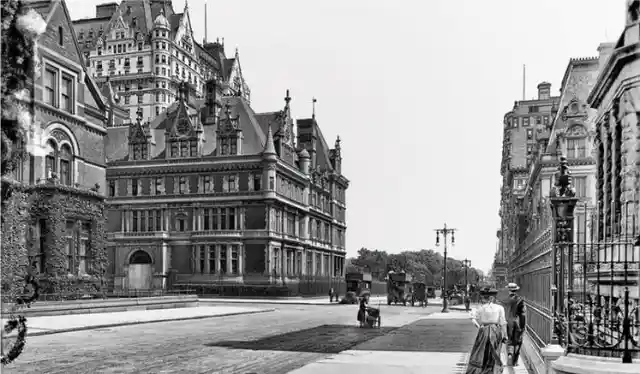
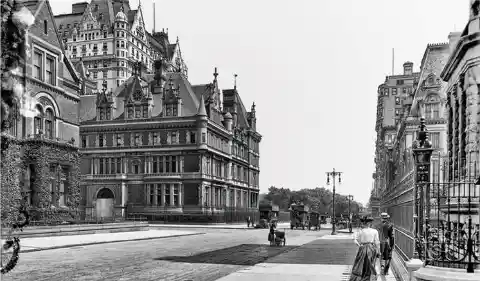
The next day, Ayers said his tongue had slipped and he had been misquoted. The Arnolds also denied the former’s statement. Still it fueled more speculations that the fate of Dorothy Arnold had been known for so long and that the family chose to keep it a secret to avoid yet another scandal.
The end of an era
Francis Arnold died In July of 1922, and his wife Mary followed in September of 1928.
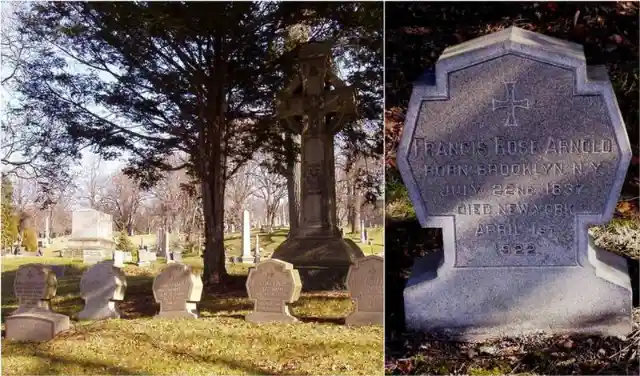
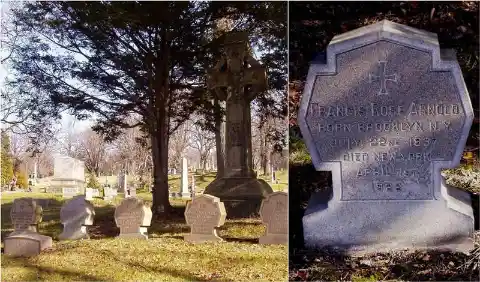
Dorothy’s father excluded her from his will saying, “I have made no provision for my beloved daughter, Dorothy H. C. Arnold, as I am satisfied that she is not alive.”